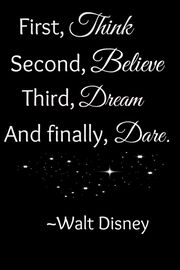|
Throughout the day, the whole family can dance and play the Pixar way with some favorite pals at the Pixar Pals Playtime Party at Fantasyland Theatre in Disneyland park. Get into the groove at a high-energy show, enjoy interactive games, photo locations and activities inspired by Pixar feature films, and even watch a selection of iconic shorts on the big screen.
At various locations in both parks, you’ll be able to meet many characters from Pixar stories, including friends from “Inside Out” and “The Incredibles.” You may also encounter Ember and Wade from “Elemental,” who will be making their Disneyland Resort debut for Pixar Fest! It's no secret that Cruella is my favorite Disney villain! Interestingly, the story of 101 Dalmatians was originally a novel by Dodie Smith. Dodie personally had a large litter of dalmatian pups and actually had a friend comment that they would all make a "lovely fur coat" and thus the black seed for the stylish, reckless, exuberant, glamorously, loud London heiress was firmly planted. Cruella's name can obviously be interpreted as meaning cruel devil. However there is a connection to the name in Bram Stoker's gothic novel Dracula, where the purchaser of the house in London is a nobleman by the name of count Deville. The name is actually Dracula's alias! Cruella's physical design was developed mainly by legend Marc Davis along with Bill Pete and Ken Anderson. She retained many of the features from the original novel such as the black and white hair, the dress and mink coat that swings around her like a cloak. Marc Davis was ultimately the only key frame animator for Cruella, one of just a few precious characters to ever be completely controlled by a single animator. He did every scene and can therefore take the largest share of credit for her continuous success. Marc Davis, if you don't already know, was not only one of Walt's nine old men, but was also responsible for the look feel and design for the Pirates of the Caribbean attraction in Disneyland. Marc was a master at getting his characters to exude their personality. He tried a variation of designs to make Cruella younger, but the result design was of the massive coat against her skeletal frame. This massive coat was to match the size of her personality, the three tails in the back to offer a slightly ridiculous element, the red lining is to hint at her cruel nature. It was also his idea to have her be a smoker, incessantly leaving a misty trail behind her like a demon. The long green cigarette holder Cruella uses was one very much like Marc Davis' very own. The animators worried that Cruella wouldn't suit the film for being too comical. Frank Thomas believed her head looked too much like a skull and didn't understand why her feet were so large. Milt Kahl is thought to actually have been jealous of Marc Davis' work on Cruella, admitting Davis was a better draftsman; he didn't believe Davis was the better animator. He initially didn't like Davis' design nor the animation, but he was said to have been impressed with the final result. Not long after 101 Dalmatians, Kahl believed his own animated villainous - Madame Medusa in The Rescuers - would blow Cruella off the screen. Andreas Deja, another animator was just a child when these films came out. However he wrote a letter to Kahl under the impression that he was the animator for Cruella. To which Kahl sent a reply letter to Andreas thanking him for all of the compliments, and informing the boy that he did not animate Cruella. That she belonged to Marc Davis, but he also pointed out Cruella's initial design concepts were influenced by Bette Davis in All About Eve. Marc Davis is said to have used live action footage of Mary Wick sparingly. He wanted Cruella to move in a way that displeased the eye and conveyed that she didn't listen to any voice but her own. Proving through sheer movement that she was a dominating conversationalist. Apparently Marc actually had an acquaintance in mind who he said was just a monster of a woman. She was tall, thin, talked constantly and yet even though she never knew what she was saying, she wouldn't let you get a word in edgewise. Davis also said the main inspiration for his version of Cruella came from Betty Lou Gerson, the voice of Cruella. She also happened to narrate the opening scene in Cinderella. Gerson had a reputation of intimidating other actresses working alongside her and mark is quoted as saying Gerson was bigger than life, high in energy and like a shark always moving. Gerson says she modeled Cruella's voice after Tallulah Bankhead. Cruella's car was modeled after a real Coupe de Ville, note the deville part.
As stated on his IMDB page, Academy Award-winner JOEL HARLOW is one of the most innovative makeup and special makeup artists and designers in American motion pictures. He has proven himself to be one of a very few number of artists who is able to span the world of makeup effects design and creation to the world of on set makeup application. I couldn't agree more! I'm very excited for the opportunity to talk with Joel today and discuss his most recent film work on Disney's Haunted Mansion. Joel, thank you for taking time out to talk about your work with Disney. The Haunted Mansion is a Disney classic and fan favorite so I wanted to discuss the SFX makeup that you created for the new Haunted Mansion film. 999 happy haunts, wow that's a lot of ghosts! You managed to maintain the classic Disney theme while adding the Joel Harlow aesthetic. Was the concept initially done on paper, by graphic design or were molds created? JH: The design process was done both two dimensionally and three dimensionally. And when I say about three dimensional, I'm not talking about traditional hands to clay sculpture. I'm talking more three-dimensional sculpting programs like Zbrush which allows me to sculpt in the computer and output maquettes or designs. I can show production either the 3D outputted designs, so they can hold them and turn them around, or I can show them a digital photograph of a 3D design which allows me to color and shade it any way I want. But I had a few other designers work on the show once I got the contract to do the project. I brought on some of the folks that I've worked with quite a few times like my go-to guys for designing. Because no matter what I wanted to bring to it, there's always something that you're not thinking about, that's why it's nice to have other designers on the show as well. They come up with ideas that you may not have thought of, and sometimes you get a lot of options because beyond that, you don't know what production wants. I didn't know what Justin wanted as far as the look of the ghosts, and so it was nice to be able to come in with a bunch of different design aesthetics and also a bunch of different approaches to the designs themselves. For fans, explain the curation process from concept to director approval to actual design. JH: Certainly with the Disney project there's a lot of eyes on the characters. Especially a movie based on a theme park attraction. Those date back, and a lot of people have fond memories of those, so you don't want to veer too far away from what people have grown up enjoying. You know and I'm one of those people. Certainly when I presented the designs, I was presenting primarily to Justin Simien, the Director, and then based on his input I believe they would get the once-over from Disney producers. But primarily Justin was the one, it was his film so he was the one deciding whether or not the design worked or was appropriate, or if it was back to the drawing table. And how long is that process, roughly? JH: Well I mean for some of the characters it was longer. Certainly for the Hat Box ghost it was longer and some of the other characters it was really like one round. I would submit a round of seven or eight designs and he would pick one and that's what I would go with. I had a very small sculpting crew on this, it was myself, Richard Alonzo who I've worked with many many times and then Rod Maxwell, who has become one of my core people at Morphology. We sculpted everything, just us three. And inevitably when you're sculpting something based on a design, especially a design that was not based on an actor specifically, you know it's going to change. It's like putting a square peg into a round hole. You're picking out sort of the highlights of the design and you're making it work on someone else's face. You're always super busy on several projects whether on set or in your studio. How do you manage to keep multiple projects original and prevent them from creatively colliding? JH: Yeah that's a good question. I think I'm fortunate because there have been so many different influences on my style that is easy for me to go, okay this is obviously for Haunted Mansion, this is the Marc Davis influence let's lean into that. For EVIL, this is the Bernie Wrightson HP Lovecraft influence, let's lean into that. Then on some of the projects that don't really require me to dig as deep into artistic influence, meaning that it's more of a technical challenge than an artistic challenge, I don't have to dig as deep and be as conscious of not crossing aesthetics. But you know I do have sort of a look that I like and I walk through my lobby and its all characters. Some are more real, some are more cartoony, but that aesthetic is still through all of them. If a production doesn't want that aesthetic then certainly there are other people that can do the job. But fortunately I think that, at least at this point before the strike, people did gravitate towards what I can offer. Then also I'm sure being easy to work with certainly is a huge selling point. That's true of me trying to be as easy to work with during production, as it is of me needing people to work in my studio that are easy to work with. That is equally true. You know everybody here has to be pulling towards the same goal and that goal is not themselves, it's the betterment of the project and because of that, the studio. You're doing something right because you're working with a group of people that still continue to do projects together. You've got some sort of creative chemistry and a collaborative relationship with ease. JH: Yes and you can have fun. If it wasn't fun there are certainly other ways to make a living and easier ways to make a living that require working less hours. But it's fun and the day that it stops being fun, the day that I stop coming to my shop to work on stuff even when I'm not being paid to do it and I'm actually paying to do it out of my pocket, then that's the day to retire and find something else to do. I mean there's too many things I want to see, you know? Too many projects I want to see and nobody's making them, so I have to make them myself. And so the question is, am I able to do that now for being in this business as long as I have been? I'm now able to go back to some original personal designs of mine as a kid. I love the childhood story of your Disneyland skull souvenir which sparked the creative interest with SFX makeup. Only to come full circle and work on the Pirates of the Caribbean franchise! JH: Yeah I know absolutely! I mean I feel very fortunate that I've been able to work on several attraction based films, you know the Pirates, certainly Haunted Mansion, both Haunted Mansions including the one previous to this one and Jungle Cruise. And if you could consider it an attraction based film, I'm not sure that it really fits but the Alice in Wonderland film. If I'm correct you re-imagined seven of the attraction's most memorable ghosts. JH: Well it was the three hitchhikers Phineas, Gus and Ezra, the bride, the hatchet ghost which could be considered the butler, the mummy and the hat box ghost, so yes seven. Characters of which Disney Legends like Yale Gracey, Marc Davis and Claude Coats all helped to create based on both Rolly Crump’s “museum of the weird '' and lore that Ken Anderson created. Ha! No pressure there I'm sure…. JH: Marc Davis has been an influence on me since I started doing art. I didn't have to dig too deep to find a Marc Davis influence because it was already there, I mean it's informed my style since I developed a "style". I actually sat, when I did the second Pirate's film, I did a series of briefings for Disney and they had an event at Disneyland where I got to sit on a panel with Alice Davis. And we talked about the ride and the movie, yeah that was pretty great. You are the industry's go to artist when it comes to ghosts, Ghouls and monsters. Having to pull from such a legendary and original design such as the mansion, how much creative freedom were you allowed on such a challenging project like this film? JH: Well I mean certainly I want to be faithful to the ride but at the same time I kind of want to put my own stamp on it. My desire to sort of make the ghost feel more real and more grounded in reality, that was kind of driving my aesthetic as we started getting to the sculpture and the design of this. I did want to remake The Hitchhikers, you know you leave the ride with them as your last impression and then the little bride lady... Little Leota. JH: Yeah those are the ones that actually sit with you in your car, so for me, they're of paramount importance. I want to make sure I got all those right. You know another influence on my artistic style is Basil Gogos. He did a lot of covers for Famous Monsters of Film magazine and he's got a very specific painting style. You know he painted a photograph of Johnny as Barnabas Collins for the film when we were working on the film, and I got a copy of that which was nice. But his style is very sort of bold color designs and bold color variations within a face. So the sad thing about this film is that you don't really get to see the characters the way they were on set. Which is vibrant and hyper detailed because there's an optical effect over them because they're ghosts, not zombies. So there's obviously going to be some sort of digital effect that will diminish my artwork and the artwork of the folks that worked on the project. Ultimately in the context of the film, if they presented within the film like they did on set, it would take you out of the movie. It doesn't make any sense. Is it true that you integrated a fluorescent pigment into the silicone prosthetics to enhance a glow under the movie set lighting? JH: Yeah I mean they were fully capable of glowing under black light and UV light. It would have been a pretty amazing look if they or Justin wanted to go that way, if that was the movie he was making. But I'm still very happy with them and I'll just keep that technique for something else, you know there's no shortage of things that I can use that on. But in person they were pretty amazing! Do you have them out on display? JH: I have some here in my studio, they surround me on a daily basis. I mean It's tricky because you sign an NDA and you're not allowed to show this or that. I've submitted and shown designs with Disney so they could patent the designs. I've done some images for magazines, and some of the images I submitted will be in magazines, but I do take those NDAs very seriously. I do have pieces in the shop. I have a version of my hat box ghost up front in my studio. And when I say my hat box ghost, I'm talking about a character that looks very different from the one in the film. It was a head that I had sculpted for the show as a scanning reference because they didn't know who was going to play him at the time. Jared Leto came in after the show was wrapped. The version I have here is very Disney. I mean you look at it and it screams Haunted Mansion. It's a little more cartoony than certainly the hitchhiking ghosts or the bride or even the butler character with the bugged-out eye, but it feels more like the ride to me. My last question and probably the most personal one for me, spending an average of 4 hours with an actor in a makeup chair and all day on set maintaining the integrity of each character's look, did Walt Disney ever come to mind? He was and is the gold standard. As a fan of the man, this creative Force and visionary, I can see and feel him while visiting Disneyland. I'm curious as to how much of his presence is felt on important projects that uphold his legacy. JH: 100%. You know none of this would exist without him! He picked those artists that are my inspirations. So to be able to do justice to the legacy of Walt Disney, especially on a ride that he never got to see completed, was certainly very forefront. That's true I think of Pirates and Jungle Cruise, all of the memories that he helped create for me when I was a kid. I want a kind of, in my small part, I want to help create those memories in sort of a different arena for a few kids now. It's getting harder and harder to do that because people are so desensitized and so jaded now. You can present something amazing and like with Instagram, 15 seconds later they've forgotten about it. Certainly, in my personal artwork and if you were to look at my personal film work, the short form content films that I've done, is all based on a simpler time. It's based on comic book horror and that's kind of what I feel the Haunted Mansion is. It's comic book horror fun scary. Not jump scare but fun scare. JH: Jump scare is easy. Jump scare you just play it quiet, play it dark and then you have something pop out - it's a cheap shot. I'm not saying that it's invalid, but it doesn't require as much. I could go on and on about horror films but like that movie It Follows, I thought was great because that's a slow burn. It's like there's not a jump scare, well, there's a couple jump scares but the horror is no matter where you go, no matter how far away, something is coming after you and it's not going to stop. I mean you could fly to the UK and it's still coming, it will eventually get you. And that kind of stuff, just slow burn stuff, I think is scary frightening as opposed to shocking which is the jump scare. Which is why I appreciate practical makeup effects. I do it because I do it, but in doing my films, I don't have to do it. I can have things done digitally and certainly I have things augmented on wires and rods, but I like real tangible makeups and makeup effects and puppets because there's something about the fact that it's there. You know that it's real. I think we've gotten so accustomed to seeing digital effects that it doesn't feel real anymore. There's nothing at stake or no sense of danger when it's a digital thing coming at you, because no matter how well it's done, the brain tells you it's digital. If it's a practical monster suit coming after somebody now you know that it's there and it's tangible. And for me, I just love the fact that it exists somewhere in the world, that it's a real thing. It's like a museum piece. I think of everything that we make here is like Museum pieces. I want them to look just as good in person as they do on the screen. Would you ever do an exhibit of your personal works? JH: That's what the lobby of my shop is like. And putting together this book tentatively called The Harlow Nomicon, I'm putting all of my personal work in there and just sort of linking it up to designs that I've done as a kid. And one of the things that struck me as I was compiling photos, was that a lot of the characters that I've done for myself, have been based on illustrations and designs that I did when I was a kid. And I didn't have the skills to translate them, but now I do. Now I have those skills and the designs are just as strong now as I thought they were then. So I can go back to old sketchbooks that look like, you know somebody who just picked up the pencil for the first time and sketched something out. But the germ of the idea is there and it's still my aesthetic. It's still probably an even more pure version that I can then take, and translate into something three-dimensional, only now with the skills and techniques that I've accumulated over the years. I've always worked in my head. I know how this thing should look and that's it, but now they're able to work in everyone else's head because I'm able to translate it. Joel, I simply cannot thank you enough for talking with me today about your contribution to this important project and films in general. I respect your work and dedication to your craft. And I, as well as many others, will look forward to your next Disney project. Good luck to you. Website: Morphology FX Instagram: @morphology.fx YouTube: Joel Harlow Designs Disney's Haunted Mansion appears October 4th on Disney+
In 1954, the Disney studio decided to undertake a huge and inevitably expensive project - “20,000 Leagues Under the Sea.” Jules Verne’s classic tale of adventure seemed just the kind of project for the Disney studio to put on the silver screen. During the filming, Walt called up an old friend of his, Art Linkletter, asking if he wanted to visit the studio to watch them film. “Walt called me,” Linkletter said, “and he said, ‘How would you like to see a fight between a submarine and a monster squid?’ So I went over to the studio with Walt and saw the awesome battle!” The scene was expensive but would be one of the must pulse pounding moments in the film. In it, the giant squid has got its tentacles around the surfaced Nautilus, which is bobbing upon the stormy waters like a cork. Meanwhile, Captain Nemo (played by James Mason), Ned Land (played by Kirk Douglas), and the rest of the crew, climb onto the deck armed with harpoons and hatchets in a scene that would put audiences on the edges of their seats. The entire scene was filmed in an incredibly large water tank on the studio’s sound stage. It took 60 technicians to operate the numerous pullies and cables required to control the movements of the raging latex squid. Meanwhile wind machines and wave makers conspired to create a tempest in the middle of the Disney studio. That single scene alone cost a quarter of a million between construction and shooting. “The scene took some time to film,” Linkletter continued. “There were closeups and retakes and finally the director came and said, ‘I think we got it.’ But Walt said, ‘The action on those tentacles wasn’t right. I could see the wires.’ So they had to rebuild the set and shoot the entire sequence again another day at enormous additional expense. Walt wouldn’t hesitate to spend the money to get it right. He was a fanatic about quality.”
In the end, it took $4,000,000 dollars to make the entire film. They had to delay the Broadway premiere because Walt wanted that single scene re-shot. But in the end, no one could see a hint of the cords and the movie, after premiering on December 23rd, 1954, amazingly quickly recovered its cost. All because Walt wanted quality. |
Categories
All
Archives
July 2024
|








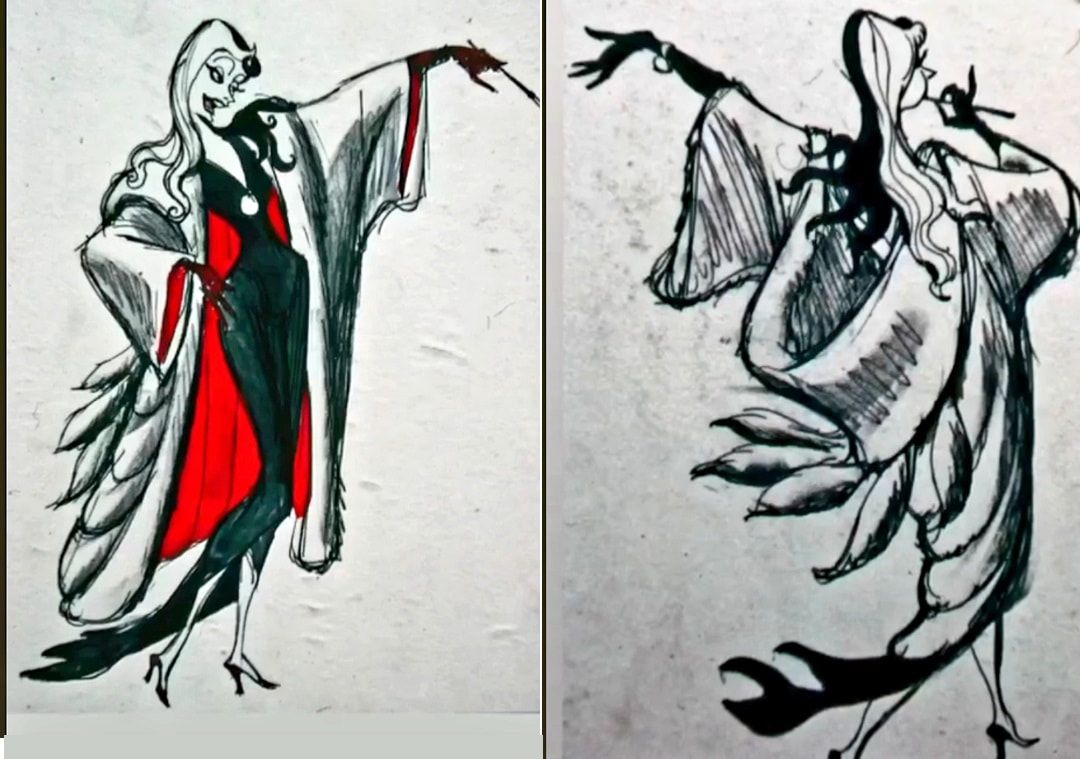
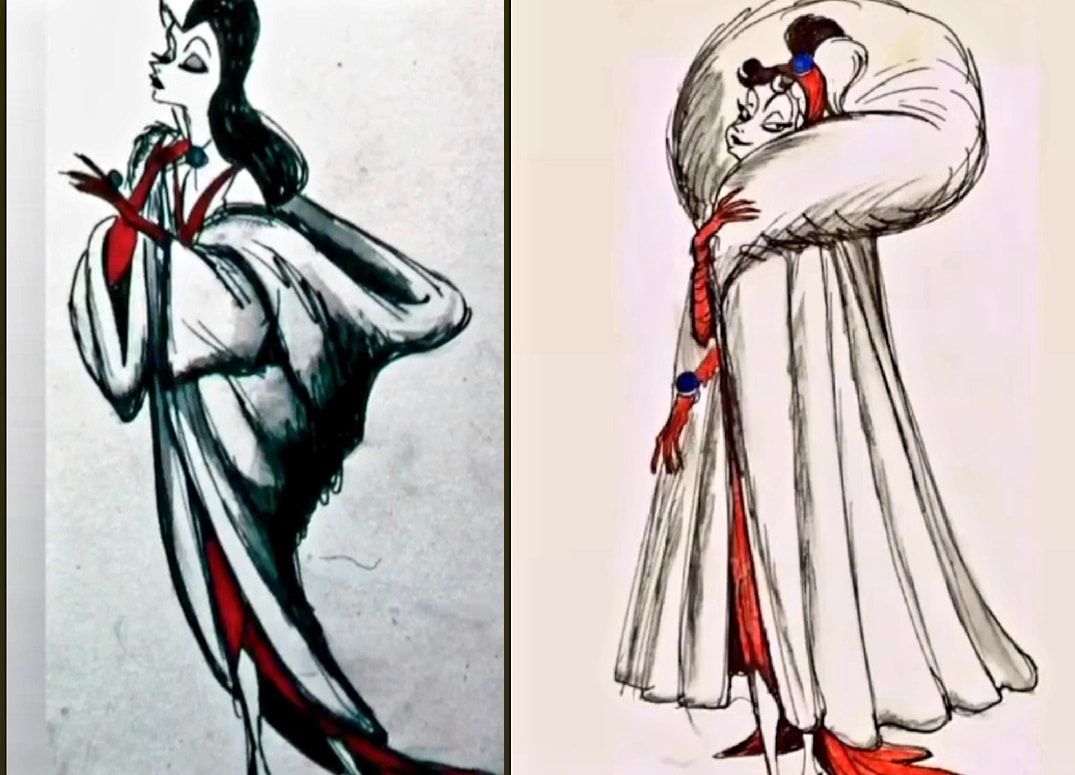
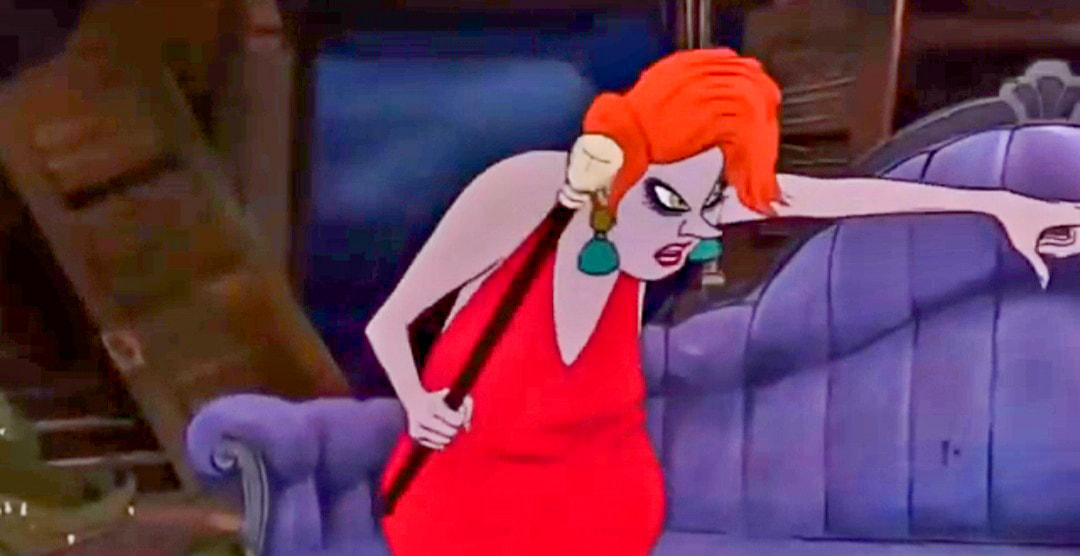
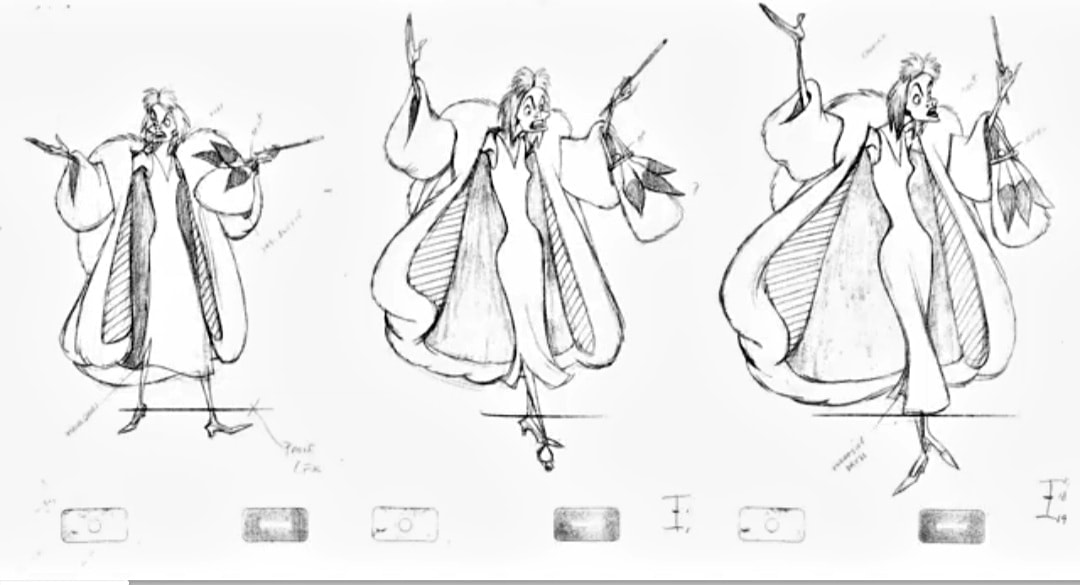
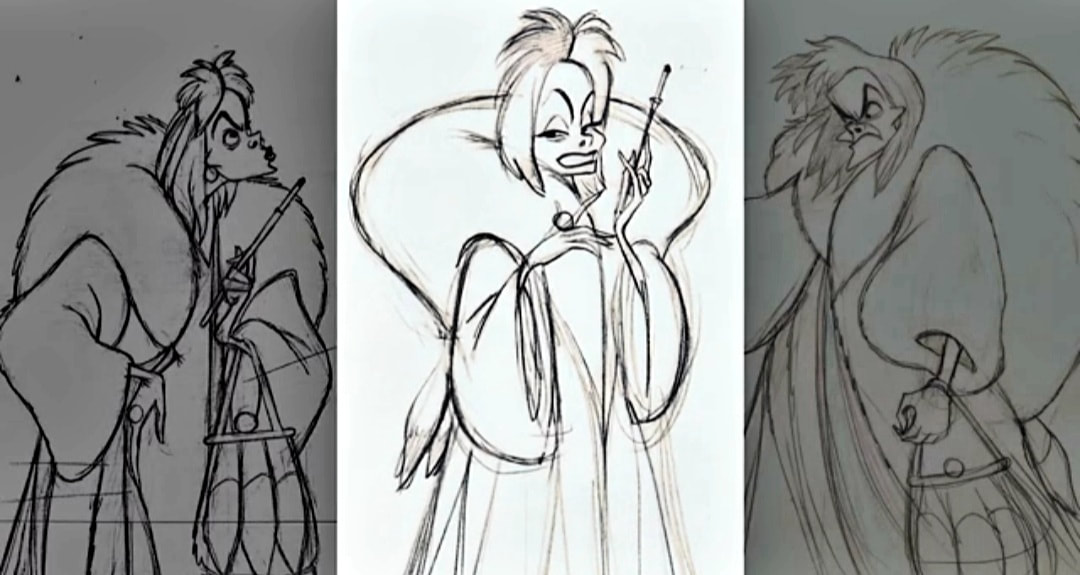
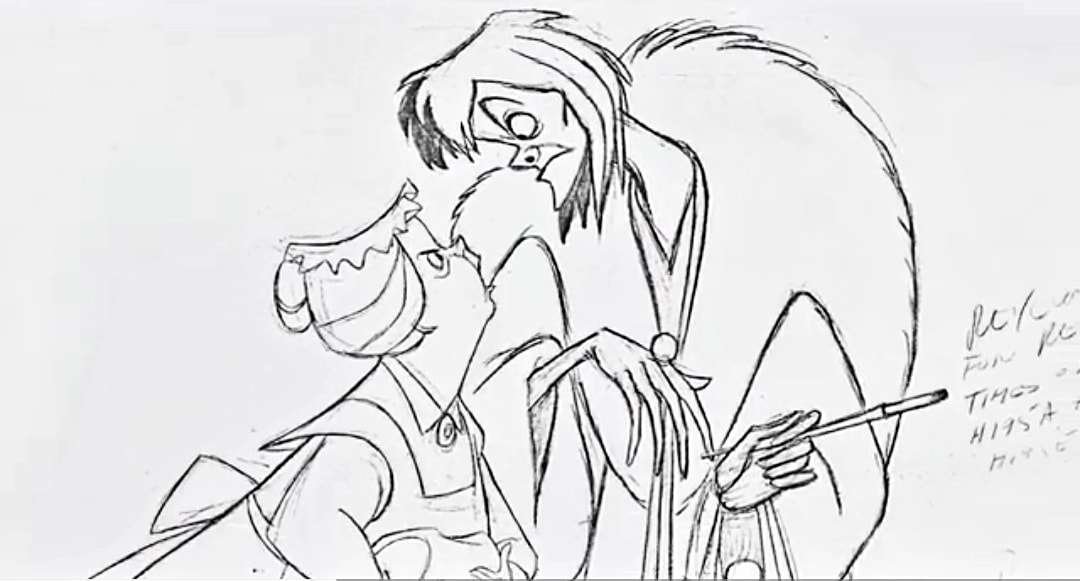
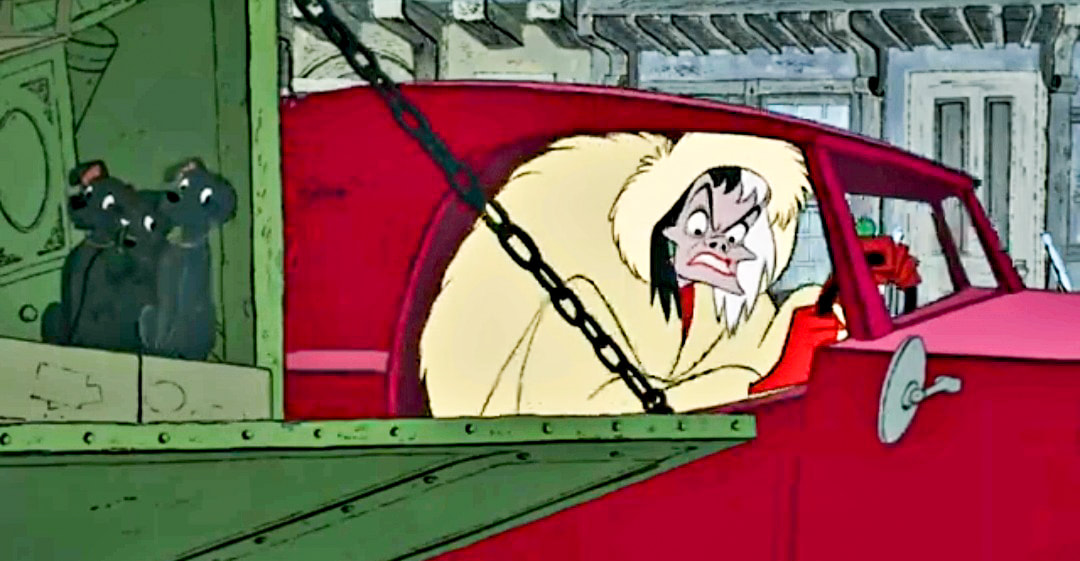
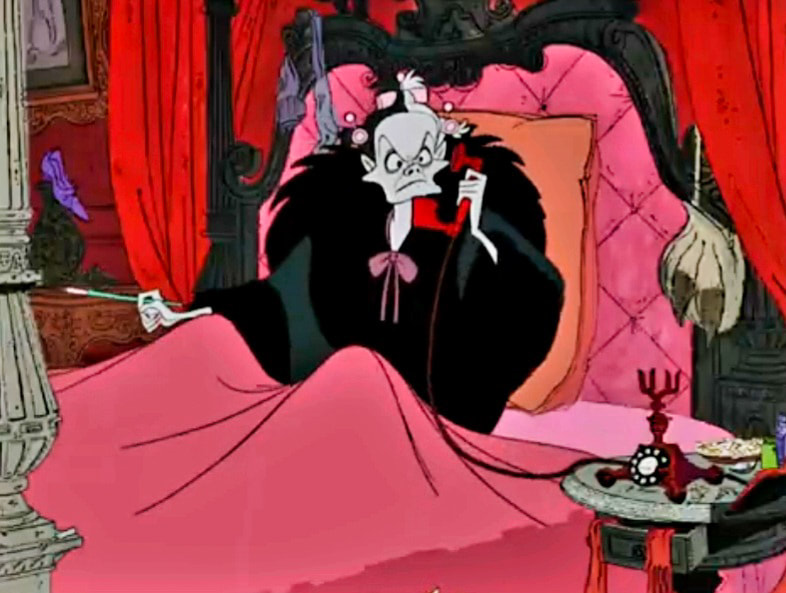
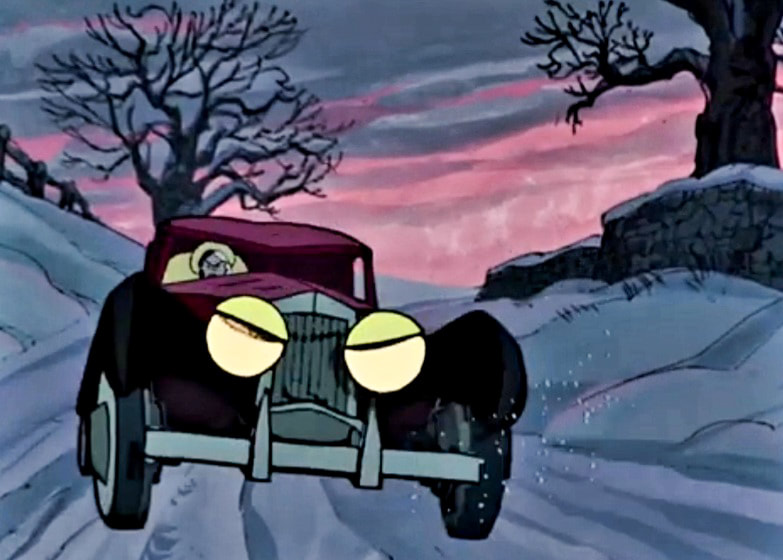
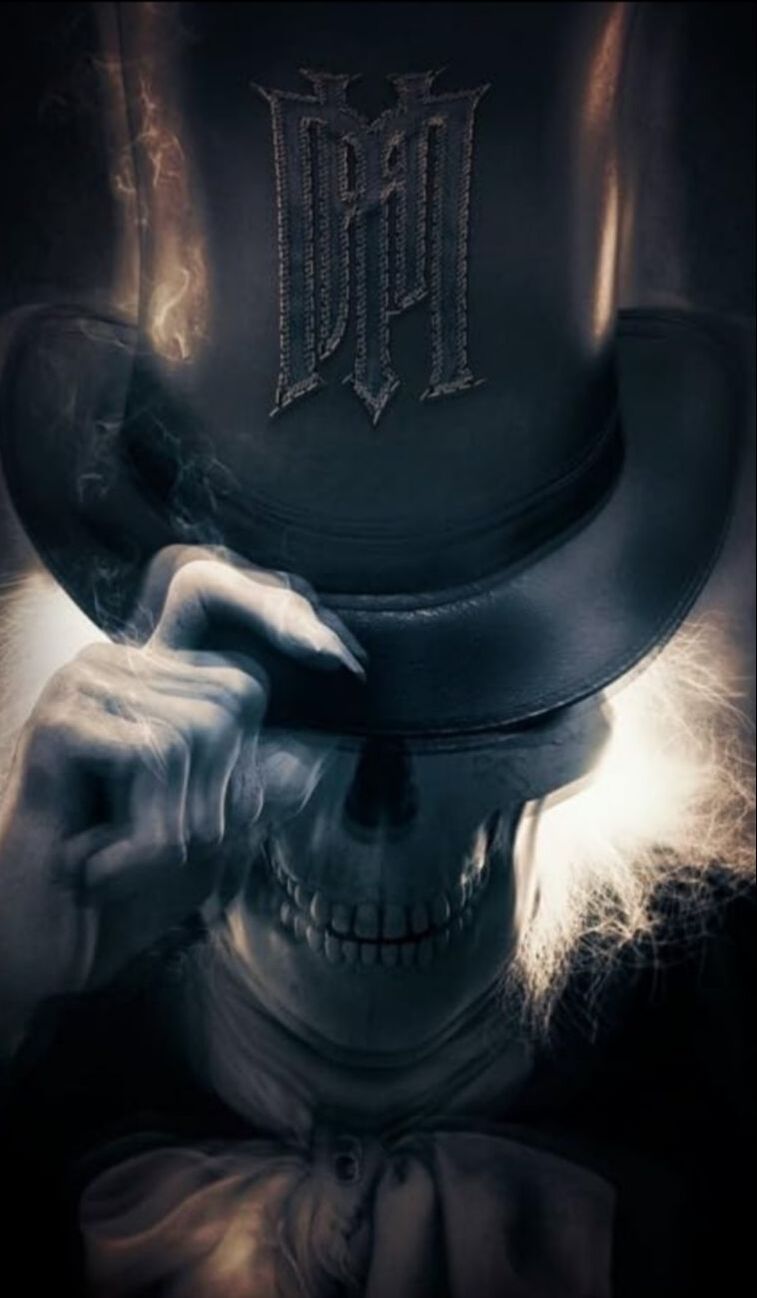
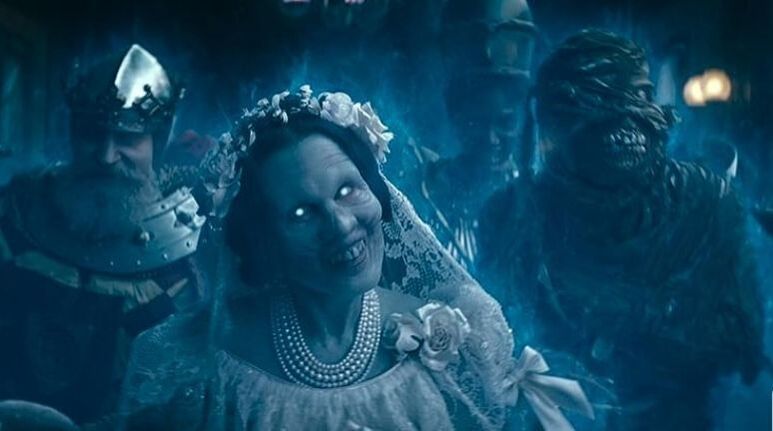
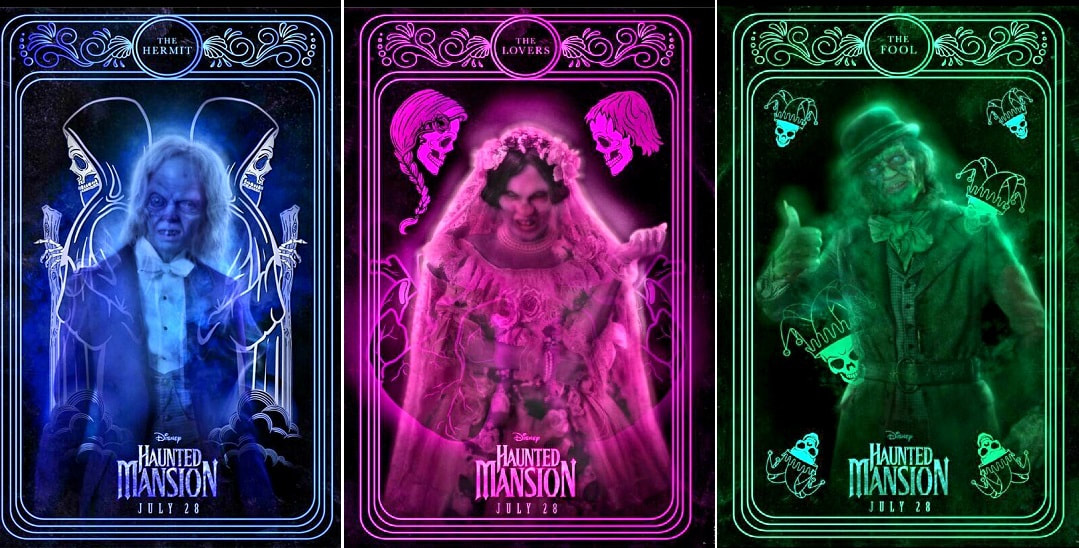
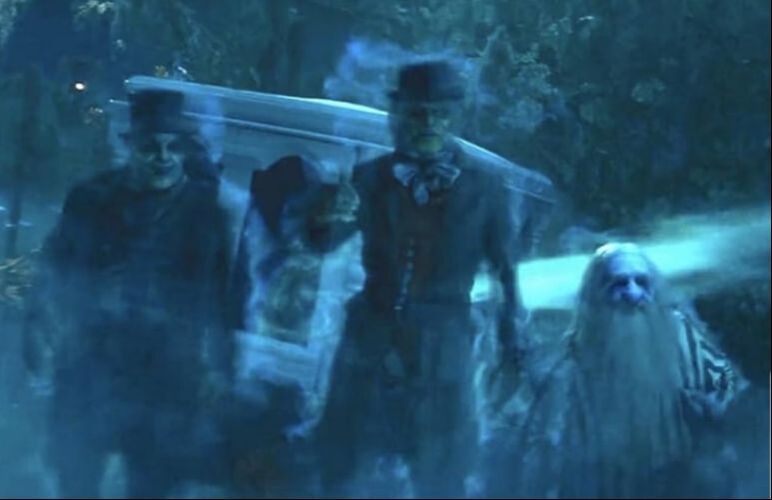
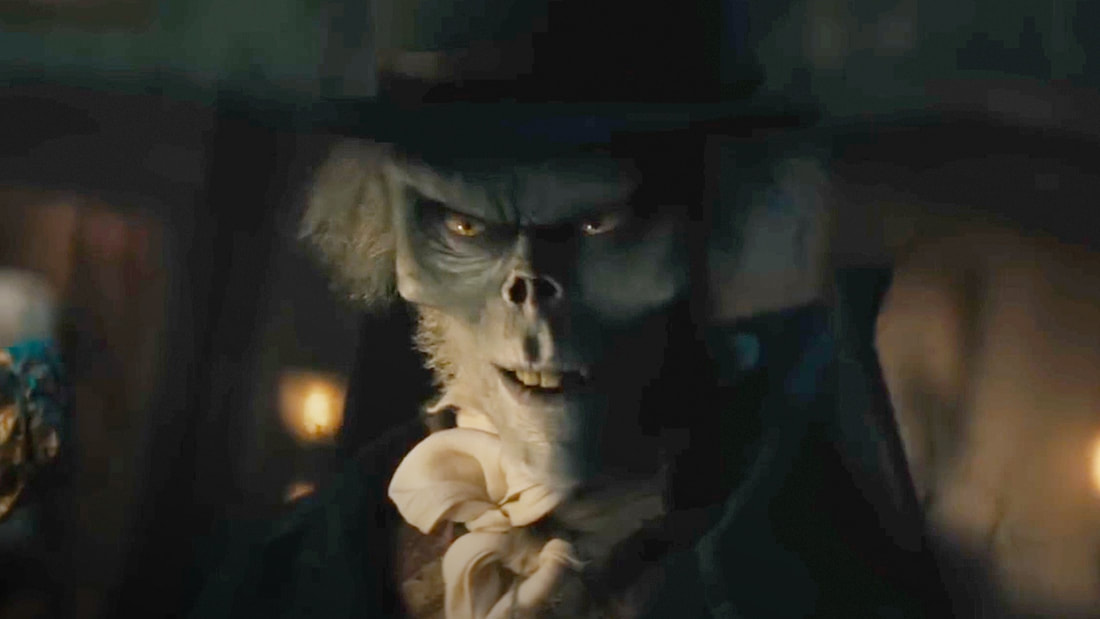
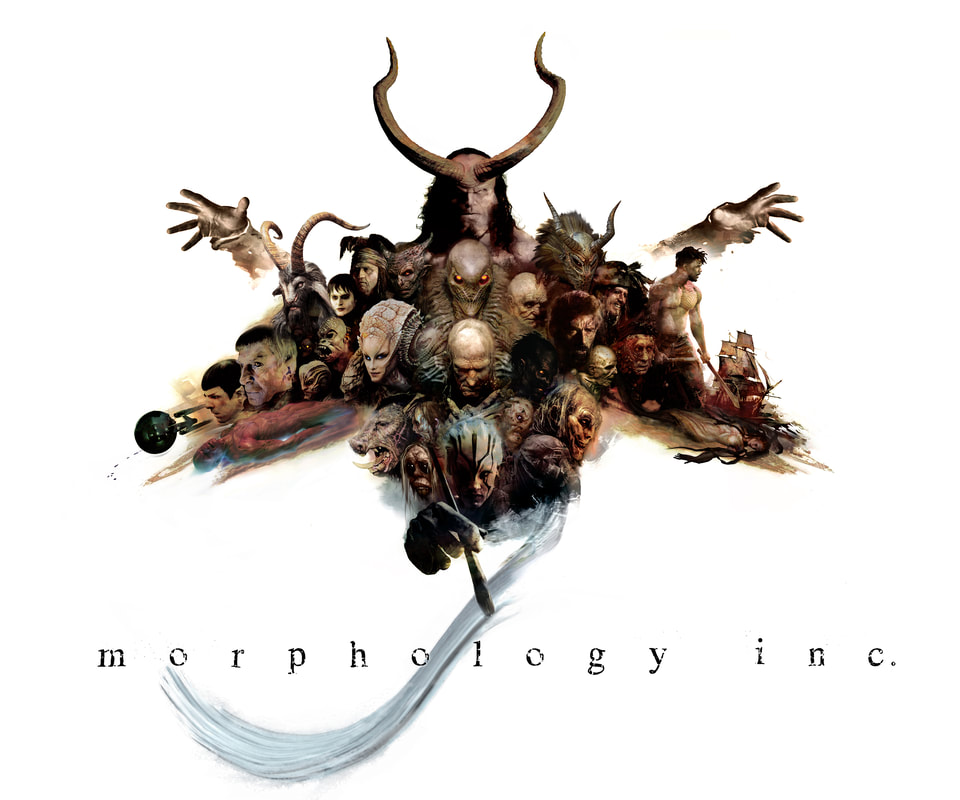
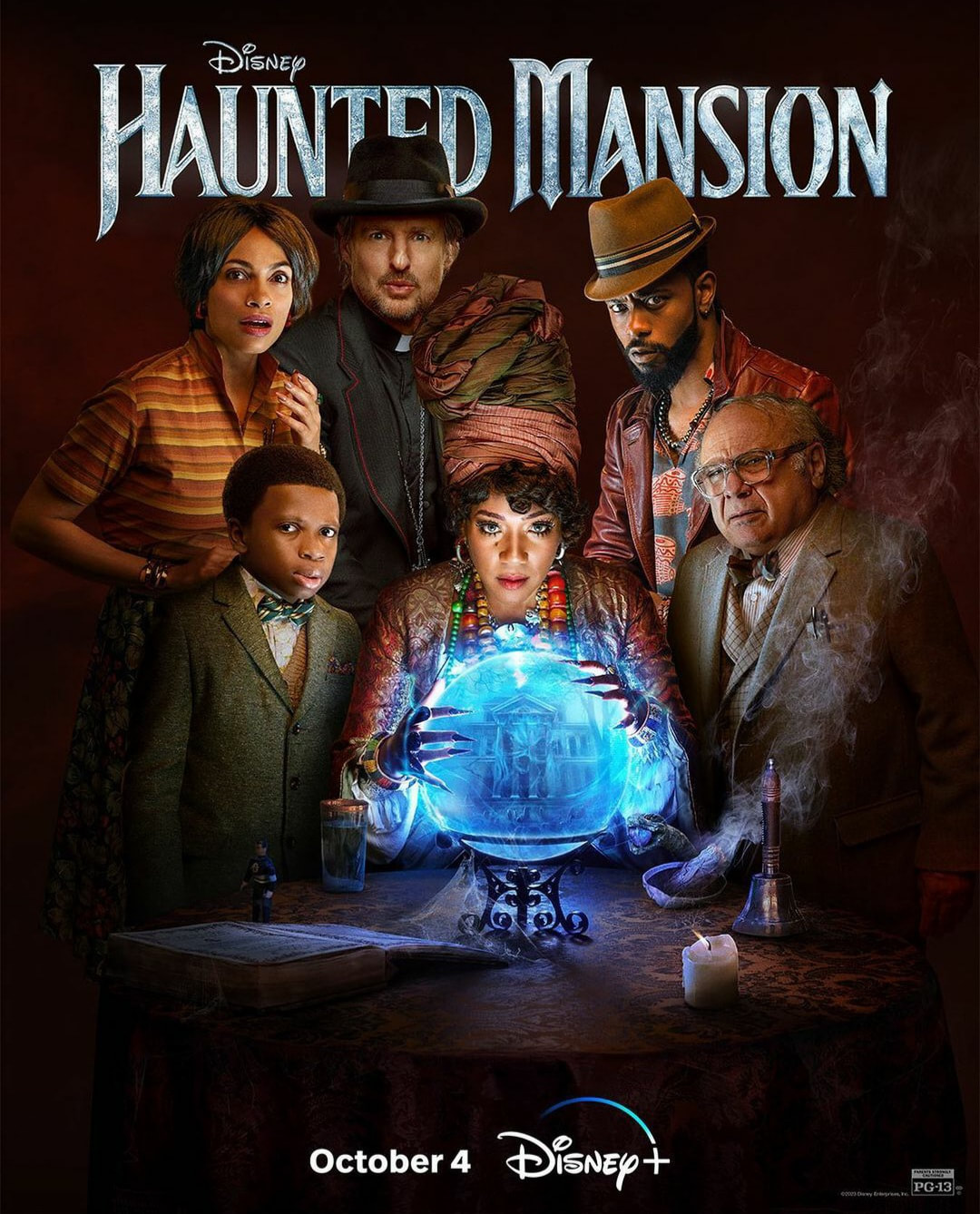
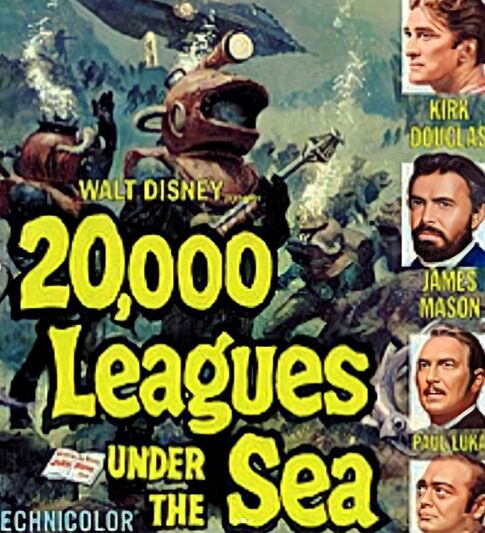
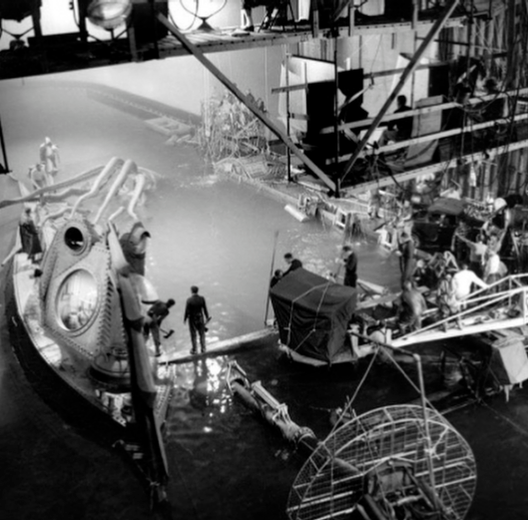
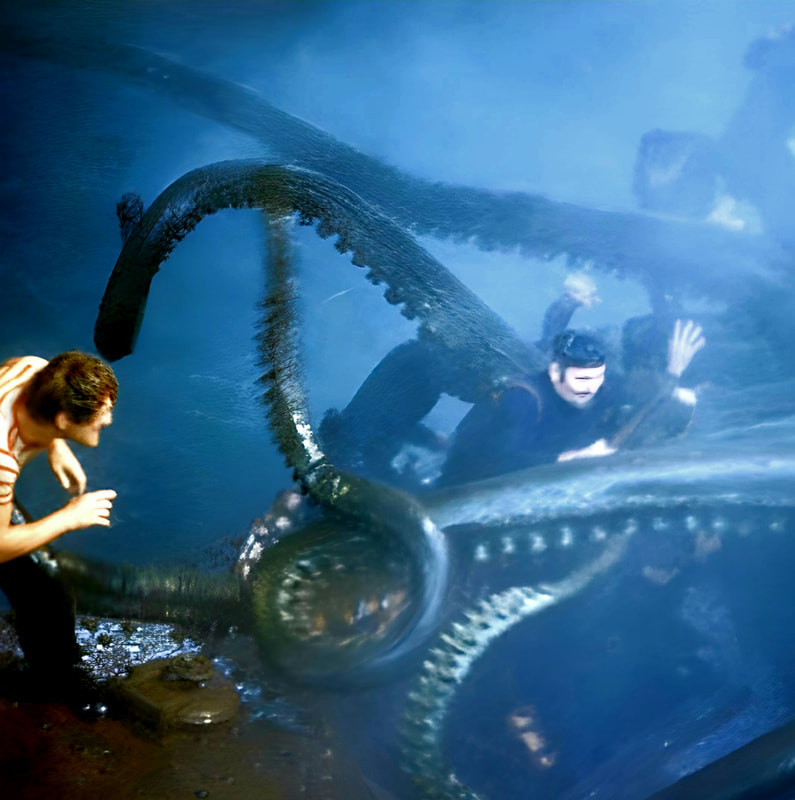
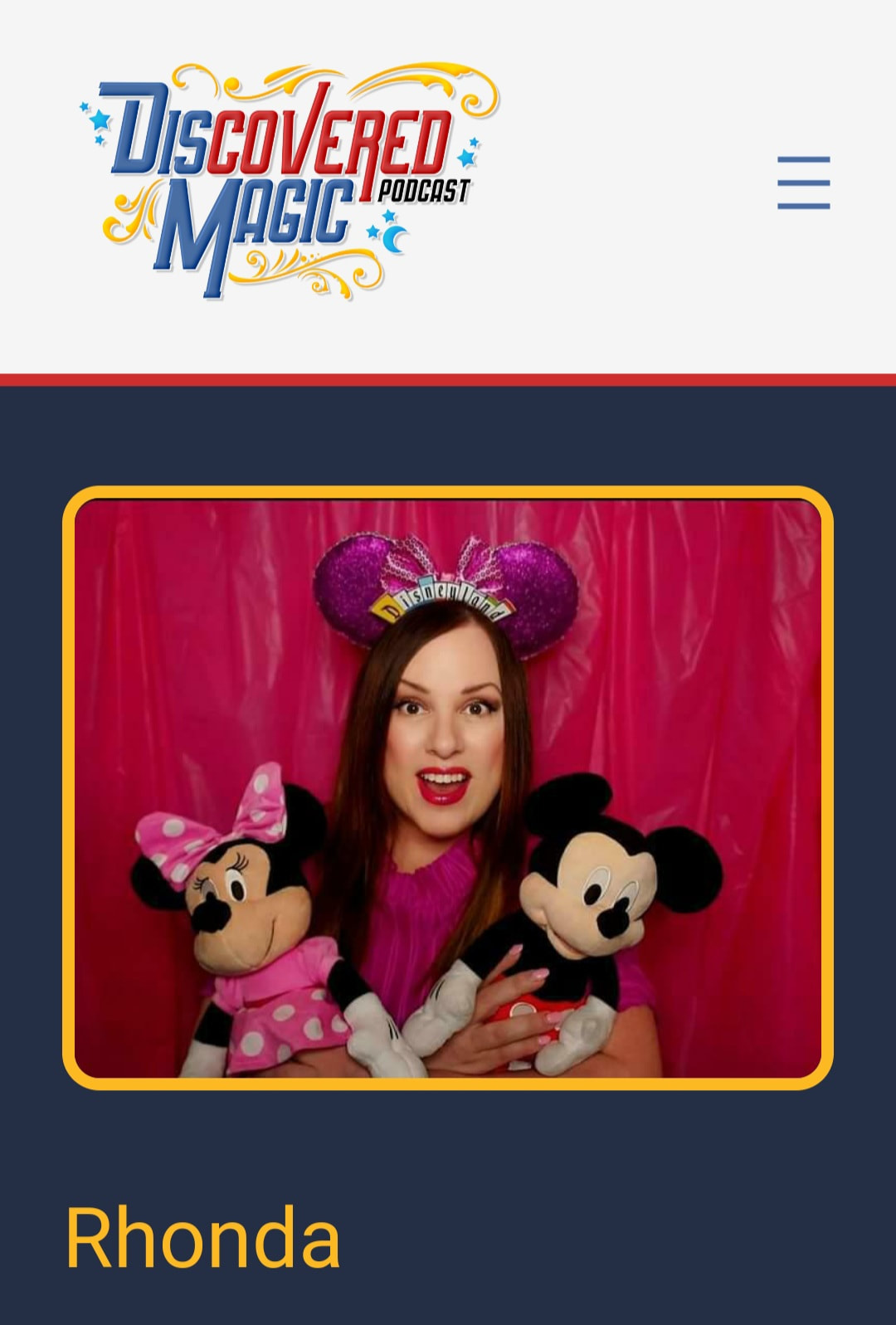
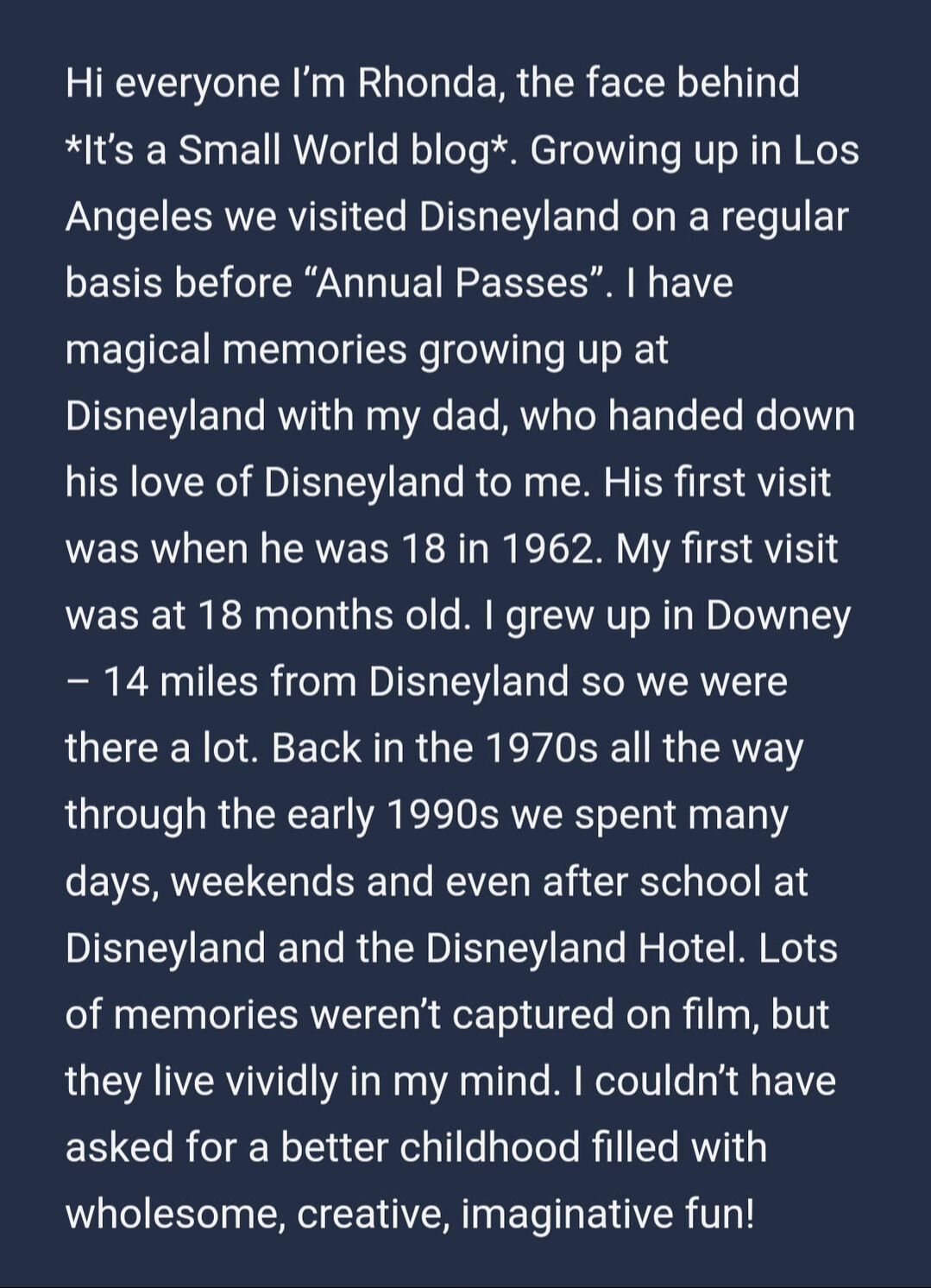
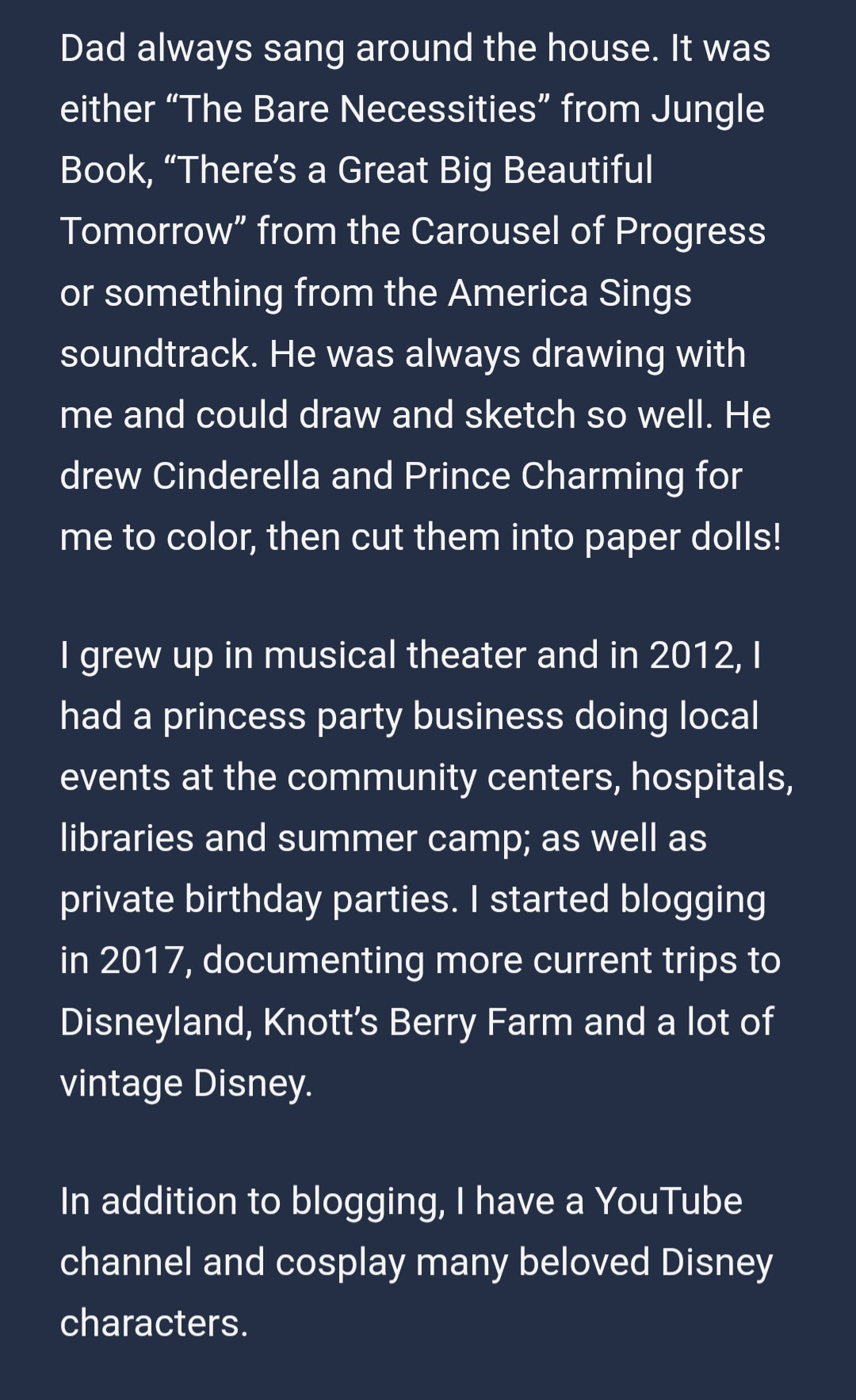
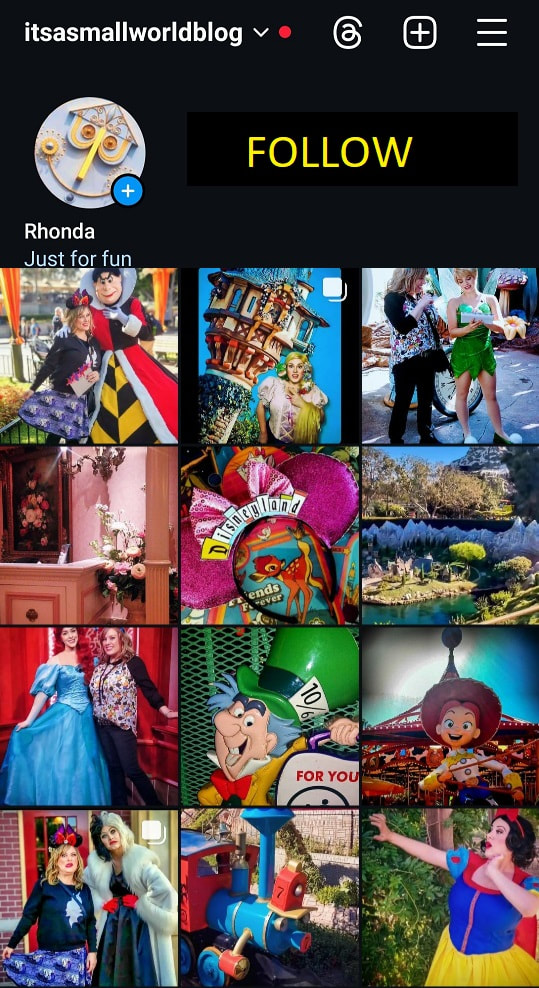
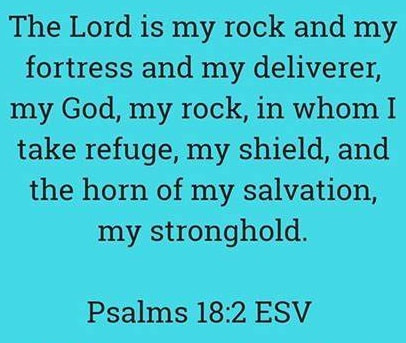
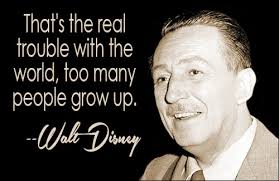
 RSS Feed
RSS Feed
